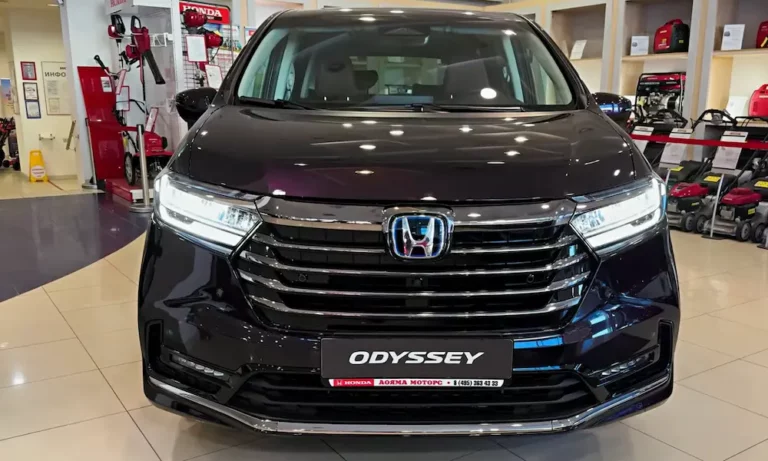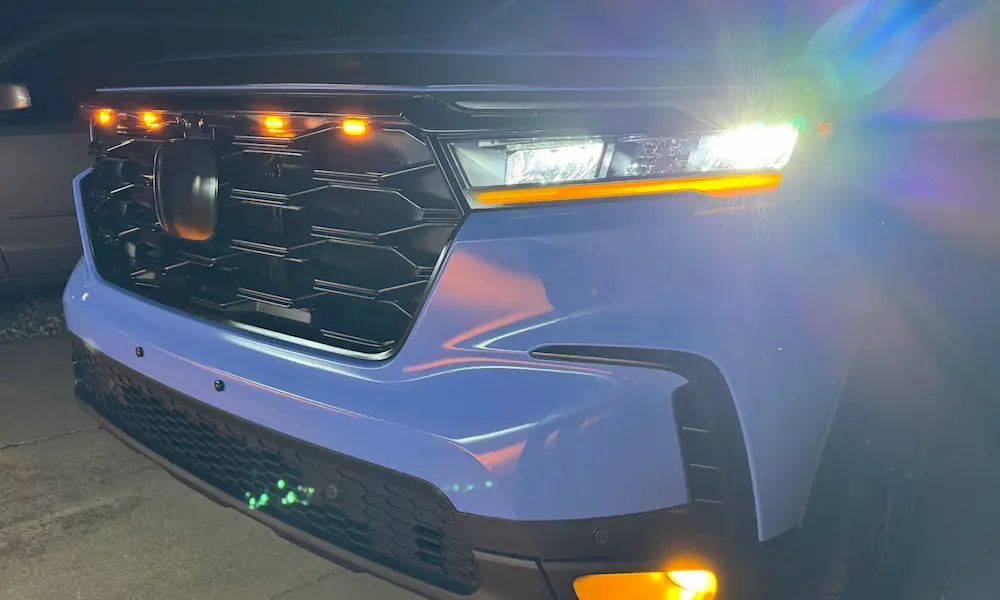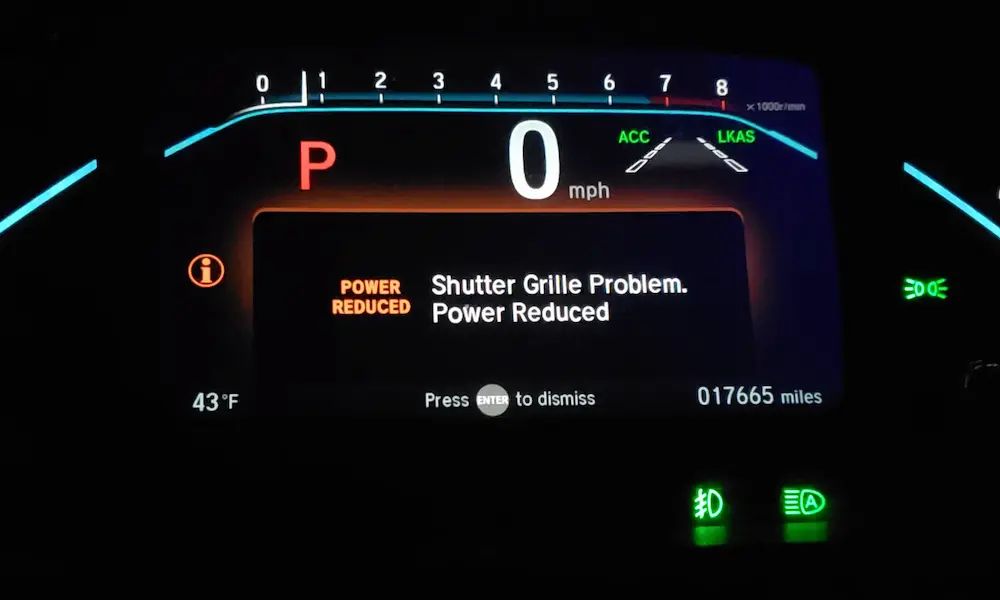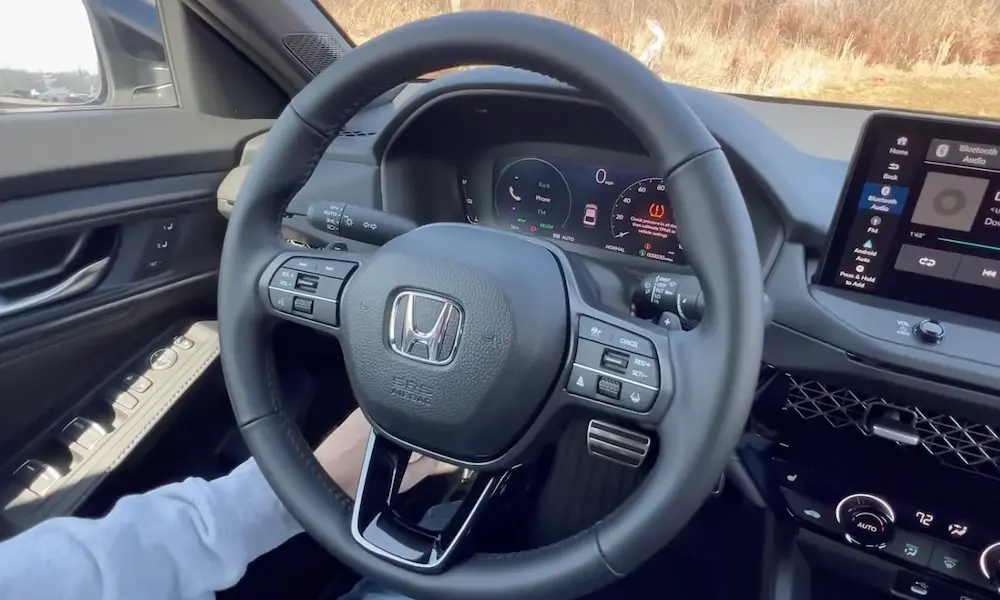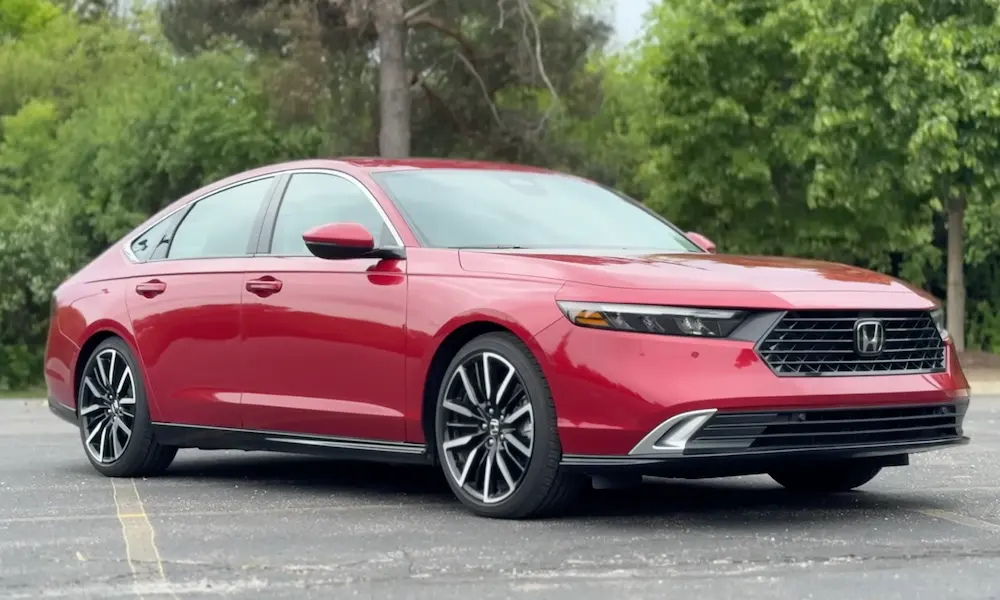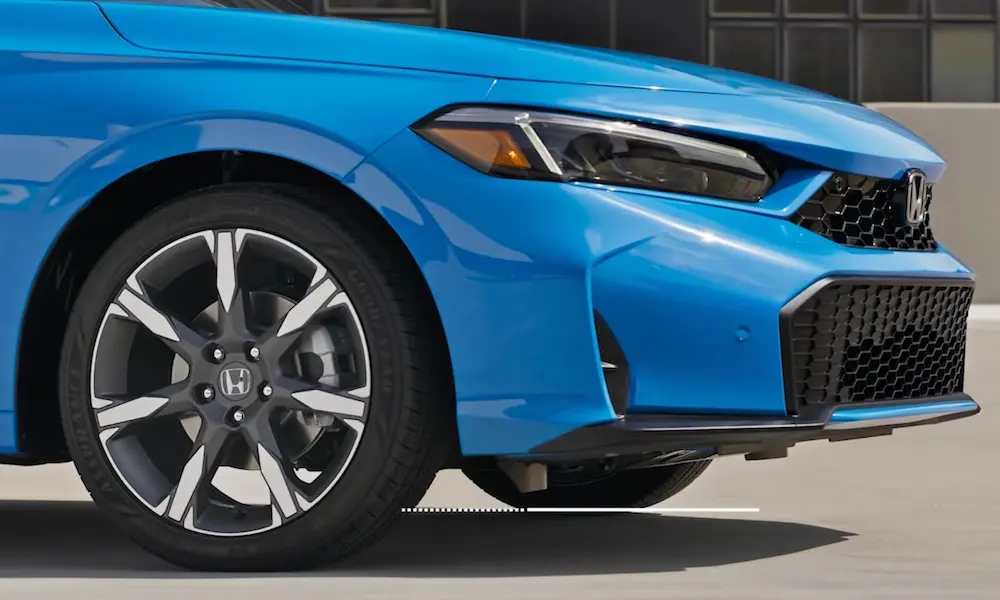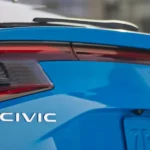If you’re facing an emission system problem with your Honda Odyssey, you’re not alone. This issue often results from a malfunctioning component in the emissions system, which can trigger warning lights on your dashboard. Knowing what to do next can help you avoid more serious complications. Keep reading to find practical solutions that could save you time and hassle, and get your Honda back to running smoothly.
Common Honda Odyssey Emission System Problems
When you face emission system issues in a Honda Odyssey, it often points to specific problems such as a faulty catalytic converter, oxygen sensor malfunctions, EVAP system faults, or problems with the air filtration. Understanding these issues can help you diagnose and fix your vehicle more efficiently.
Faulty Catalytic Converter Issues
A catalytic converter helps in reducing harmful emissions from your vehicle. If it’s faulty, the check engine light is likely to turn on. This part may fail due to contamination, overheating, or physical damage.
Common symptoms include a drop in engine performance, a rotten egg smell, or rattling noises. Regular maintenance, like ensuring your engine is running efficiently and using the correct fuel, can help prolong its life. Addressing this issue often involves costly repairs or replacement, so keeping the exhaust system in good condition is crucial.
Oxygen Sensor Malfunctions
Oxygen sensors monitor the levels of oxygen in your car’s exhaust gases, helping manage fuel efficiency and emissions. If a sensor malfunctions, you may notice reduced fuel economy, increased emissions, and an illuminated check engine light.
The sensor can fail due to contamination from engine oil or coolant, leading to incorrect air-fuel mixture readings. To fix this, often, the sensor needs replacement. Maintaining the engine well can prevent these malfunctions, helping you avoid increased emissions and potential vehicle damage.
EVAP System Faults
The EVAP (Evaporative Emission Control System) prevents fuel vapors from escaping into the atmosphere. Faults in this system, like issues with the purge valve or charcoal canister, trigger error codes and increase emissions.
Common signs include the check engine light and a noticeable fuel smell. Causes can include leaks, damaged hoses, or malfunctioning parts. Regular checks of the EVAP system can catch issues early, often requiring only minor repairs, such as replacing faulty valves or seals, to keep your vehicle running smoothly.
Problems with the Air Filtration
A dirty air filter can cause your engine to receive less air, leading to poor performance and increased emissions, which can set off the check engine light. The air filtration system keeps dirt and particles out of the engine, maintaining proper airflow.
Replacing a dirty filter is straightforward and can significantly improve engine efficiency. It’s wise to check and change the air filter regularly to ensure optimal engine function. A clean air filter supports proper fuel combustion and helps maintain a low emission level, contributing to better overall vehicle performance.
Diagnosing Emission Issues in Honda Odyssey
Identifying emission issues in your Honda Odyssey involves the use of specific diagnostic tools. You can interpret certain error codes and messages using these tools, but sometimes professional help is needed for a thorough diagnosis. Here’s a closer look at the process to ensure you address these issues effectively.
Using Diagnostic Tools
An OBD-II scanner is essential for diagnosing emission problems in your Odyssey. This device connects to the onboard diagnostics port and retrieves trouble codes. These codes point to specific components that might be malfunctioning.
Having a basic understanding of how to operate an OBD-II scanner is helpful. Simply plug it into your car’s port, usually located under the dashboard. Follow the instructions to gather data on your vehicle’s systems. If you prefer, you might consider using a more advanced scan tool, which offers real-time data and detailed reports.
Interpreting Error Codes
Once you have your codes, it’s time to interpret them. Common codes like P0455 indicate a large evaporative emissions leak, which might suggest a loose gas cap or other issues. Understanding what each code means helps you decide if the problem is minor or requires urgent attention.
Error messages can also provide clues. As noted on forums, messages like “emission system problem” often mean the Check Engine Light is triggered. Ensure all emission components are checked before dismissing any codes as errors. Doing so can prevent simple problems from becoming serious.
Professional Diagnosis by a Mechanic
Sometimes, DIY solutions aren’t enough. If the same issues persist after trying home diagnostics, visiting a dealer or professional mechanic is advisable. They have specialized equipment and extensive knowledge to thoroughly inspect and resolve complex problems.
A professional can perform a complete diagnosis to detect faults that might be invisible to typical scanners. This ensures any overlooked issues are caught. Engaging a skilled mechanic ensures your Honda Odyssey’s emission problems are accurately diagnosed and efficiently addressed, promoting smoother vehicle operation.
Troubleshooting Emission System Warnings
Experiencing an emission system warning in your Honda Odyssey can be frustrating. Fortunately, you can address common issues such as check engine light alerts, fuel efficiency decline, or gas cap problems. These steps can help your vehicle run more smoothly.
Addressing the Check Engine Light
When the check engine light comes on, it’s not always a dire situation. It often indicates an emissions-related problem, like an oxygen sensor malfunction. First, check if your gas cap is loose or damaged, as this is a common cause. Tighten or replace the cap if necessary.
If the issue persists, you may need to consult a mechanic. They can use diagnostic tools to check for other issues such as catalytic converter problems or faults in the EGR valve. A professional assessment helps pinpoint the exact problem and avoid possible long-term damage to your engine.
Investigating Fuel Efficiency Decline
A drop in your Odyssey’s fuel efficiency might not seem directly related to emissions, but they often go hand-in-hand. If your vehicle is using more fuel than usual, it might be connected to a faulty oxygen sensor or a leak in the vacuum system. Both issues can lead to poor fuel performance and increased emissions.
Another potential problem is with the catalytic converter. If this part clogs or fails, it can impact fuel efficiency. Keep track of your mileage and note any sudden declines. Addressing these issues promptly helps maintain your vehicle’s performance and reduces emissions output.
Solving Gas Cap-Related Errors
Gas cap errors are surprisingly common but easy to fix. A loose or damaged gas cap can trigger warning lights and lead to fuel vapors escaping from your tank, affecting emissions levels. Always ensure your cap is tightly secured after refueling.
If the warning doesn’t clear, consider inspecting the cap for wear and tear or replacing it with a new one. This simple step can often resolve emission warnings and help keep your car’s system secure. Regular checks can prevent these small issues from becoming larger problems.
Vehicle Maintenance to Prevent Emission Problems
Regular vehicle maintenance can keep your Honda Odyssey running smoothly and help avoid emission-related issues. Paying attention to routine inspections and keeping your fuel system clean ensures that potential problems are caught early, minimizing the risk of malfunction.
Routine Inspections and Part Replacements
Checking the vehicle’s parts regularly is crucial. You should inspect the emission system components such as oxygen sensors, the catalytic converter, and the EGR valve. These parts play a vital role in controlling emissions.
Replacing faulty parts promptly can prevent problems. For example, a malfunctioning oxygen sensor can lead to poor fuel efficiency and increased emissions. It’s important to follow the manufacturer’s recommendations for part replacements to keep everything in top shape.
Don’t forget about the evap system. This system keeps fuel vapors contained, preventing them from polluting the air. Make sure that the rubber hoses and seals are not cracked or damaged. Replacing these parts as needed will help keep the system functioning properly.
Keeping the Fuel System Clean
A clean fuel system contributes to lower emissions and better performance. Regularly cleaning the fuel tank and fuel filler neck can prevent blockages. Debris can accumulate, leading to restricted fuel flow and possible malfunctions. Use fuel system cleaners to remove deposits and maintain injector performance.
Make sure your fuel tank cap is tight and in good condition. A loose or cracked cap can cause fuel vapors to escape, affecting emissions. Routine checks can prevent such leaks.
By keeping up with these simple maintenance tasks, you’ll help your Honda Odyssey run efficiently while reducing harmful emissions.
Honda Odyssey Emissions System Warranty and Repair
If you have a Honda Odyssey, especially models like the 2018 version, you might encounter issues with the emissions system. It’s important to understand your warranty coverage and know when to seek help from a dealer or mechanic.
Understanding Your Honda Warranty
Your Honda Odyssey typically comes with an emissions warranty that covers certain components for a set number of years or miles. This might include parts like the catalytic converter and engine control module. It’s crucial to check your specific warranty details, as coverage periods can vary.
Warranty claims are usually straightforward. If your Odyssey shows an emissions problem, your dealer can help determine if the issue is covered under warranty. This can save you significant repair costs. Always have your warranty documents handy to verify coverage.
When to Visit a Dealer for Repair
If you see an “Emission System Problem” message on your dashboard, it’s a good idea to visit a dealer. Even if it seems like a minor issue, timely repairs can prevent further damage. Common causes may include a loose gas cap or more serious issues like a failing catalytic converter.
Dealers have the right tools to diagnose the problem accurately. They use a scan tool to check error codes and decide on the best repair method. Even if your warranty does not cover the repair, visiting a dealer can ensure the issue is resolved correctly. Consider a forum discussion for more insights on dealer visits.

